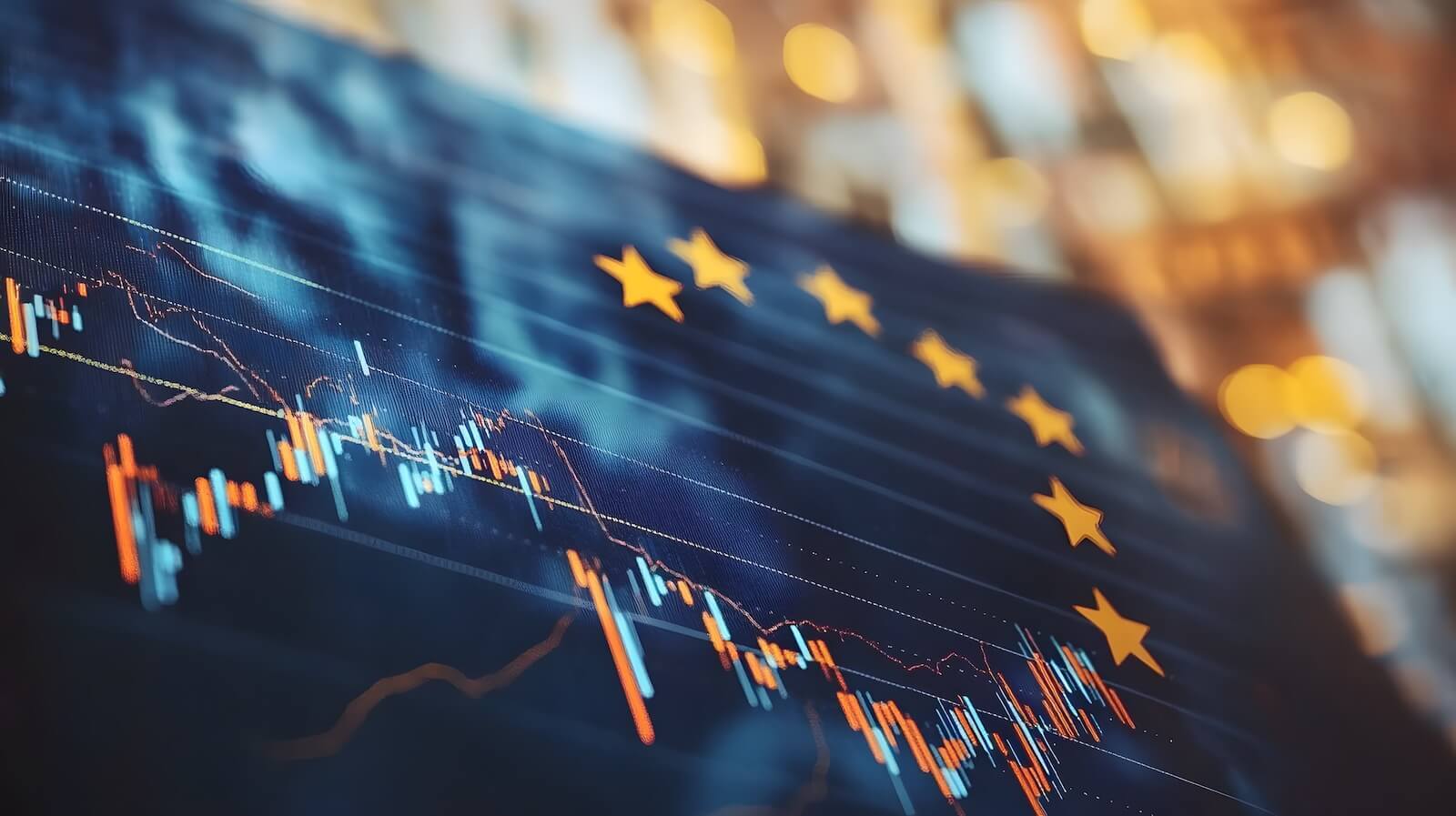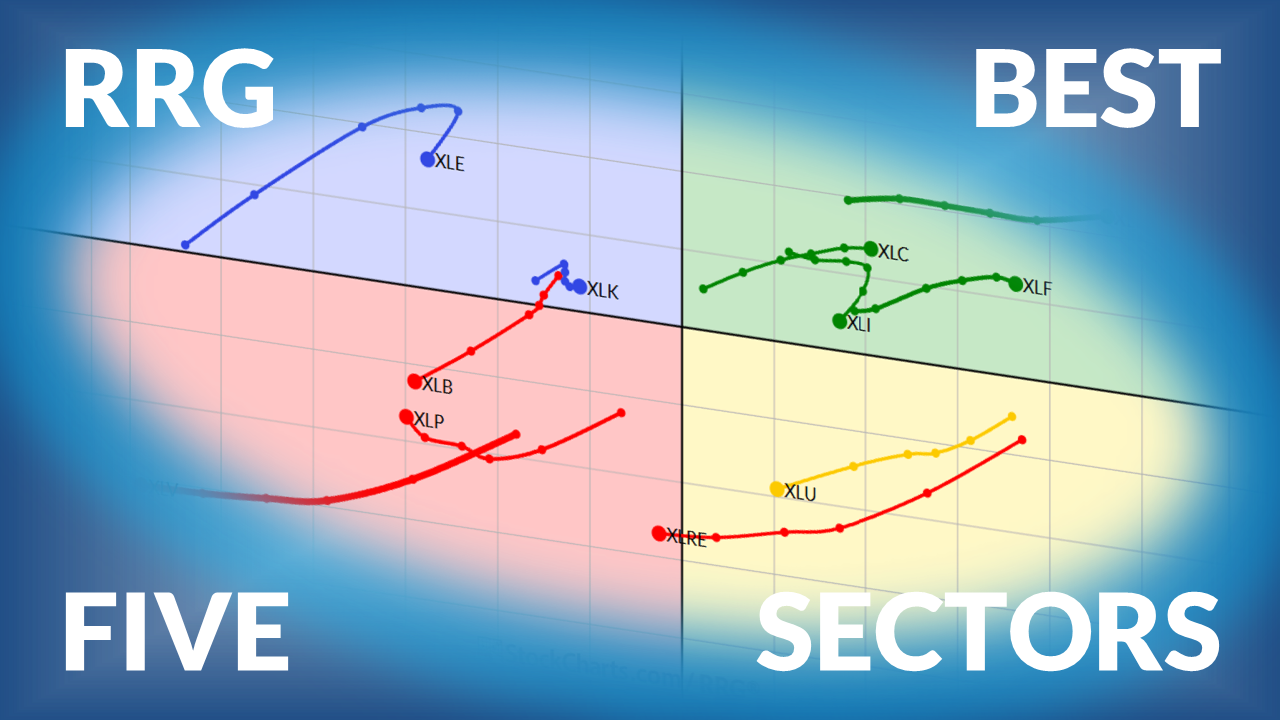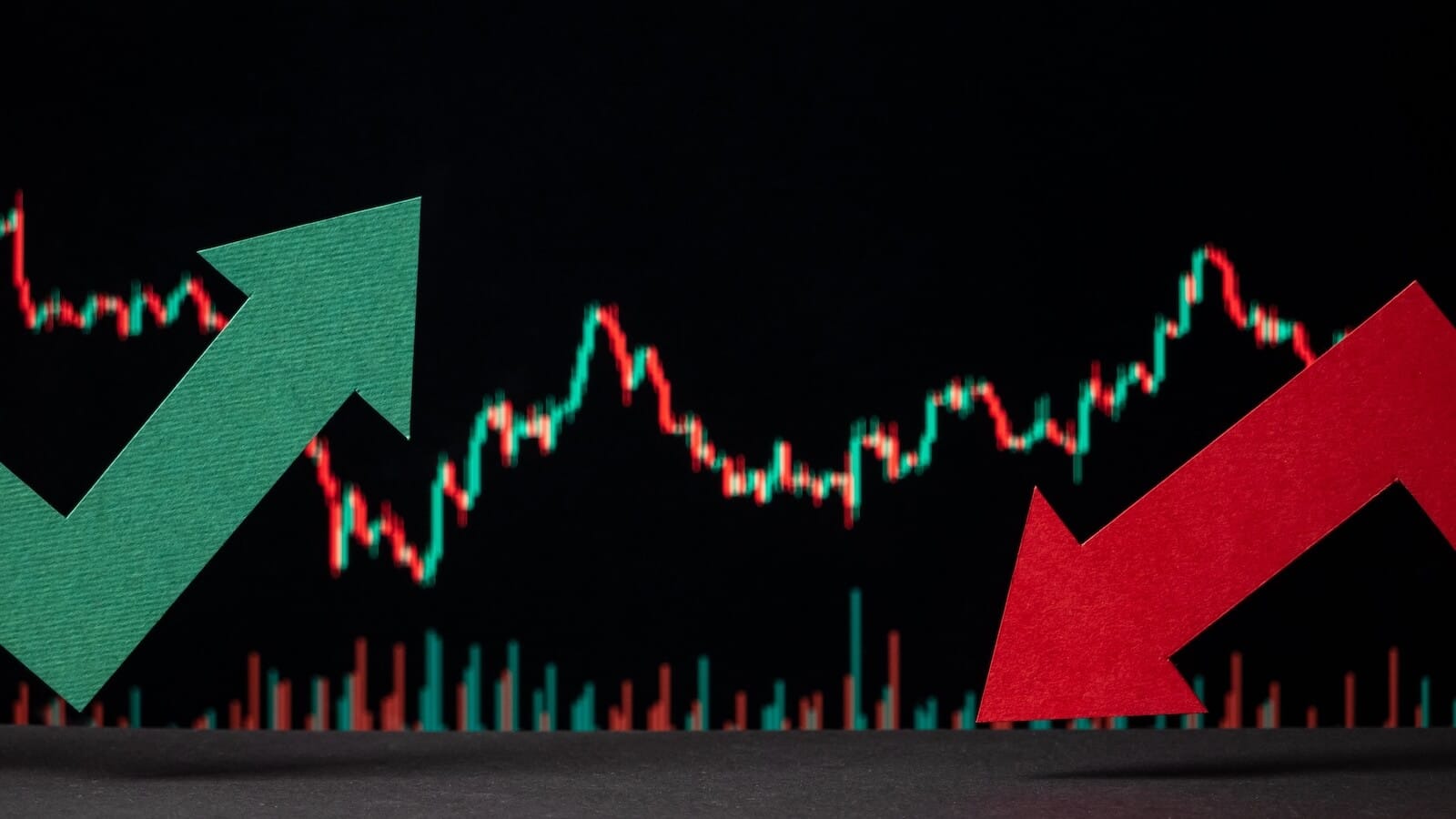COMMODITIES START TO CATCH UP TO STOCKS -- ENERGY AND PRECIOUS METALS ARE LEADING THE COMMODITY RALLY -- OIL SERVICE STOCKS CLEAR 200-DAY LINE -- GOLD MINERS ETF MAY BE BOTTOMING -- GDX LEADERS INCLUDE SILVER WHEATON, YAMANA, AND RANDGOLD
COMMODITIES ARE TURNING UP... One of the characteristics of the "new normal" in intermarket relationships that has existed over the last decade has been the close correlation between stock and commodity prices. In other words, stock and commodities prices have usually trended in the same direction. Both peaked together last spring and bottomed together during October. Since then, however, the S&P 500 (gray area) has rallied to a seven-month high, while the CRB Index has lagged behind. I mentioned in a recent message that it wasn't unusual for stocks to rally more than commodities in the early stages of a new uptrend. Sooner or later, however, it's normal to expect commodity prices to starting catching up to the stock rally. I believe that's now happening. Chart 1 shows the CRB Index moving up to test its October high and its 200-day moving average. An upside breakout seems likely. Chart 2 shows that the DB Commodities Tracking Fund (DBC) has already achieved a bullish breakout (see circle). [One reason for the stronger DBC performance may be the inclusion of brent crude oil in its calculation. Since the start of the year, April brent has risen 15%, while April crude has risen 7%. The DBC also has a bigger energy weight than the CRB].

(click to view a live version of this chart)
Chart 1

(click to view a live version of this chart)
Chart 2
OIL SERVICES ETF CLEARS 200-DAY LINE... Last Saturday's message focused on an impending upside breakout in crude oil and new signs of leadership by energy stocks. The upside breakout in crude has since taken place and energy leadership continues. I showed the Market Vectors Oil Service ETF (OIH) testing its 200-day moving average. Chart 3 shows that the OIH has cleared that major resistance line this week. The gray area shows the OIH:SPX ratio having broken a down trendline and rising during February. That shows new energy leadership that has emerged over the last month. The OIH still has to clear its October high to confirm its upturn. One reason that's likely to happen is because the biggest stock holding in the OIH has already broken out. Chart 4 shows Schlumberger (SLB) trading above its 200-day average and its fourth quarter high. Its RS line (below chart) is also bottoming. [The fact that crude oil is the heaviest weighted commodity in the CRB Index (23%) also increases the odds for an upside breakout in that index].

(click to view a live version of this chart)
Chart 3

(click to view a live version of this chart)
Chart 4
PRECIOUS METALS ARE ALSO TURNING HIGHER... Precious metals are also turning higher. Chart 5 shows the Gold Trust SPDR (GLD) trading at the highest level in three months after having cleared a four-month down trendline. Silver is rallying as well. Chart 6 shows Silver iShares (SLV) in the process of testing its 200-day average. An upside breakout is likely. Part of the reason for that optimism is that two other precious metals have already cleared their 200-day line. Chart 7 shows platinum (black line) and palladium (gray area) both having risen above their 200-day average this week (see circle). That also bodes well for precious metal stocks.

(click to view a live version of this chart)
Chart 5

(click to view a live version of this chart)
Chart 6

(click to view a live version of this chart)
Chart 7
PRECIOUS METAL STOCKS ARE TURNING UP ... Stocks tied to precious metals are also showing signs of turning up. Chart 6 shows the Market Vectors Gold Miners ETF (GDX) bouncing hard off chart support along its 2011 lows (see circles). The GDX needs to clear its early February peak at 58 to turn its trend higher. The GDX/SPX ratio (below Chart 8) is also showing signs of bottoming along its 2011 lows. Silver stocks are also rallying along with that commodity. Chart 9 shows the Global X Silver Miners ETF (SIL) having traded in a falling channel throughout 2011. [A falling channel is identified by two falling parallel trendlines, and is usually a bullish pattern]. The SIL is moving up to challenge its November high. It still has to clear its upper trendline, however, to signal a major upturn. The SIL:GDX ratio (below Chart 9) shows that silver shares have actually risen more than gold shares over the last three months. One main reason for that is the strong performance in Silver Wheaton.

(click to view a live version of this chart)
Chart 8

(click to view a live version of this chart)
Chart 9
PRECIOUS METAL LEADERS ... Silver Wheaton is not only the biggest holding in the SIL. It's also the fifth biggest holding in the GDX. And it's been the biggest gainer in both precious metal ETFs since the October bottom. Chart 10 shows Silver Wheaton having cleared its November high and its 2011-2012 down trendline. Its relative strength line (below chart) has also turned up. That bodes well for the price of silver. Charts 11 and 12 show two gold leaders. Yamana Gold (AUY) is nearing a new 52-week high, while Randgold Resources (GOLD) is close to doing the same.

(click to view a live version of this chart)
Chart 10

(click to view a live version of this chart)
Chart 11

(click to view a live version of this chart)
Chart 12
GOLD RISES AGAINST THE YEN... Gold isn't just a commodity. It's also viewed as an alternate currency. One way to determine the real trend of bullion is to measure it against foreign currencies. Gold should be rising not just against the dollar. It also should be rising against foreign currencies. And it's doing just that. The most dramatic example is bullion's rise in terms of the Japanese yen. Chart 13 quotes gold in terms of the yen, and shows it climbing above its November high. The recent collapse in the yen makes the price of gold look even stronger to Japanese traders.

(click to view a live version of this chart)
Chart 13
JAPANESE YEN PLUNGES ... More aggressive quantitative easing by the Japanese central bank has caused a sharp drop in the yen this month. Chart 14 shows the yen tumbling to the lowest level in seven months during February. When a country's currency is plunging, gold becomes an attractive alternative. The falling yen is also good for Japan's export-oriented stock market. The solid matter in Chart 14 shows the trend of Japanese iShares (EWJ). Notice that they generally trend in the opposite direction. A rising yen usually hurts Japanese stocks. A falling yen gives them a boost.

(click to view a live version of this chart)
Chart 14
JAPANESE STOCKS START TO OUTPERFORM... The plunge in the yen is giving a nice boost to Japanese stocks in both absolute and relative terms. Chart 15 shows the Nikkei Average (plotted through Wednesday) having broken a yearlong downtrend line. The Nikkei:EFA ratio below the chart has also turned up. That ratio measures the Nikkei's performance versus EAFE iShares (EFA). Japan carries a 21% weighting in that index of foreign stocks. For the first time in a year, Japanese stocks are rising faster than other foreign stocks. The falling yen is probably the main reason why.










